Why do Wildland Fire Boots Have High Heels?

Is there a reason why wildland fire boots have such high heels?
Well, yes. Most wildland fire boots have a tall heel--something like a 2-inch block curved or western-style heel. And there’s a specific reason for such a tall heel.
There are a lot of benefits to the high logger heel, and there are a few drawbacks as well.
A great example of a wildland fire boot that’s ready for duty is the JK Fire Inlander. We’ll use that boot to demonstrate all the reasons why you might want a raised heel for your next fire season.
Why do Logger Boots and Wildland Fire Boots Have High Heels?
1. Traction and Stability on Unpredictable Terrain
As you know, logging and wildland fire environments can be a maze of uneven, steep, and slippery surfaces.
Fire boots with high heels give you the edge you need to stay safe and efficient.
The elevated heel helps the boot dig into the ground, offering a better grip on unpredictable terrain. This is especially helpful if you’re cutting lines in the mountains and there’s lots of loose dirt or shale.

2. All-Day Comfort and Support
The physical demands of wildland firefighting are no joke.
Long hours on inclined surfaces can take a toll on your body. And when it’s fire season, you might find yourself on your feet for 16 hours straight, several days in a row.
A standard work boot might be fine day 1. But you’re going to want a real boot to make it through an entire season.
That's where the high heels on logger boots come in. They maintain a more natural body alignment, reducing strain on your legs, feet, and lower back when on terrain with an incline.
With added support and comfort, you can power through controlled burns or a particular tough fire.
3. Built-In Safety against Rolling Logs and Heavy Objects
Logger boots with high heels have your back (or rather, your feet) when it comes to safety.
The elevated heel acts as a barrier, protecting your feet from direct impacts caused by rolling logs or other heavy objects.
This is another added benefit of the JK Fire Inlander that often gets overlooked. Because we use a thick vegetable tanned leather heel counter, you get way more protection in the heel compared to most work boots that use celastic or some other synthetic heel stiffener.
The leather we use has incredible impact resistance, and this can save your feet, especially with tumbling rocks or any other unexpected impact.
Why Are Logger Heels Curved?
One interesting thing about logger and wildland fire heels is the curve. It’s somewhat common to have a taper--just look at a western style packer boot with the sharp Cuban heel.
But the curve is a unique look to logging and fire boots.
This is really a sign of a hand crafted boot. Unlike mass-produced mold-injected boots, the heel of a wildland fire boot needs to be sanded down by the craftsman.
Typically, a large drum sander is used, and the craftsman tapers the heel down one boot at a time. Given the round shape of the drum sander, a natural curve is created in the heel.
The curved shape is formed from the bootmakers getting a taper to the heel with the machinery, so it’s in part a manufacturing feature, but it also helps cut down on the weight and bulk of the boot. You might notice this curved heel in a lot of Pacific Northwest bootmakers' logger style boots, and it’s a testament to the handmade nature of these boots.
Do Fire Boots Need to Have a High Heel?
The truth is that the high heel on logger and fire boots are tough to handle for about 1/5th of guys. For some body types, it can cause a pinching in the low back, or just be uncomfortable in the knees.
The higher logger style heel isn’t for everyone. In those cases, we recommend a lower block heel, and particularly a boot with a softer outsole for better shock absorption.
If you want a fire boot but don’t want such a tall heel, then check out the JK O.T. This boot has a lot of the same components as the Fire Inlander, including the 8oz oil tanned leather and the Technora flame resistant threads, but it has a lower, softer heel.
Now if you wear the lower-heeled O.T. through a whole fire season, you’ll probably need to resole them in the off-season. However, all JK boots are easily recraftable, and we’ll even do the resole ourselves when the time comes. And if for some reason you want the heel height adjusted, we can do that, too.
So in answer to the question: no, wildland fire boots don’t need high heels for function. The higher heel can help dig into loose dirt on a mountainside, but a lower heel is also perfectly fine if the high heel hurts your back.
Need a Better Wildland Fire Boot?
At first glance, the tall heel on a wildland fire boot might seem like an odd choice, but there are a few key reasons why the taller heel is a tremendous help during fire season:
- Better grip and traction on hilly, loose terrain
- Comfort and support, particularly with the ankle
- And added protection from rolling debris (even more so if you add a leather heel counter like all JK Boots have)
If you’re looking for a new fire boot to get you through the season, try the JK Fire Inlander. It’s trusted by hundreds of wildland firefighters across the United States.
If you know that the taller heel causes problems for your back, then we recommend switching to the JK O.T. It’s got a lot of the same components as the Fire Inlander, but the heel is lower and a bit softer for greater shock absorption.



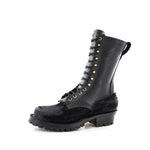
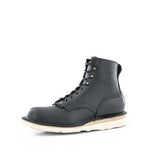
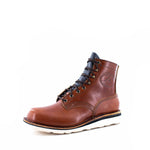

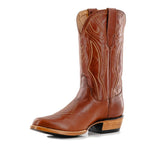
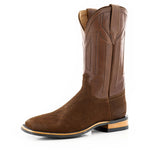
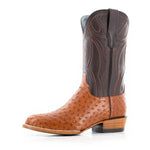


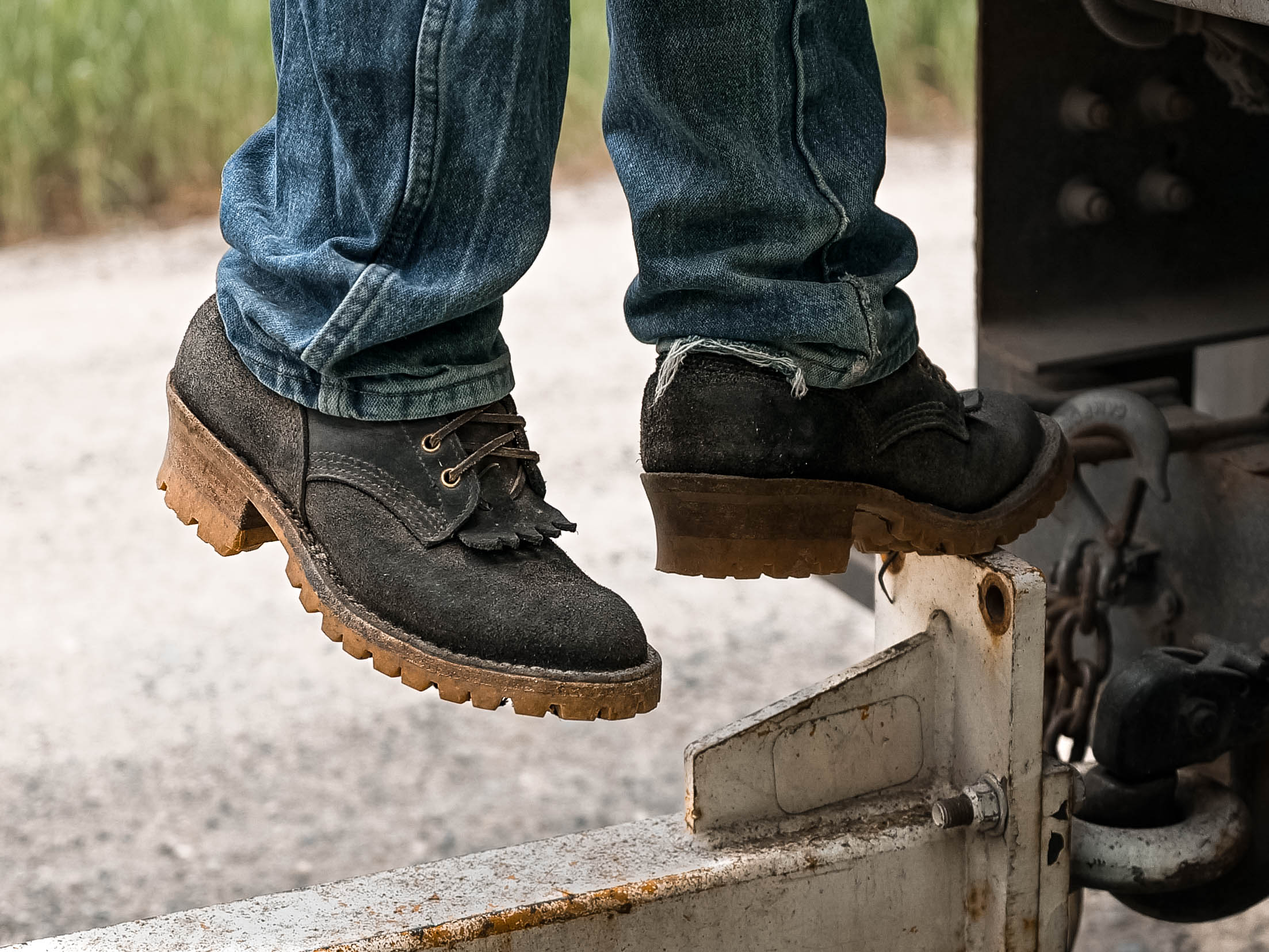
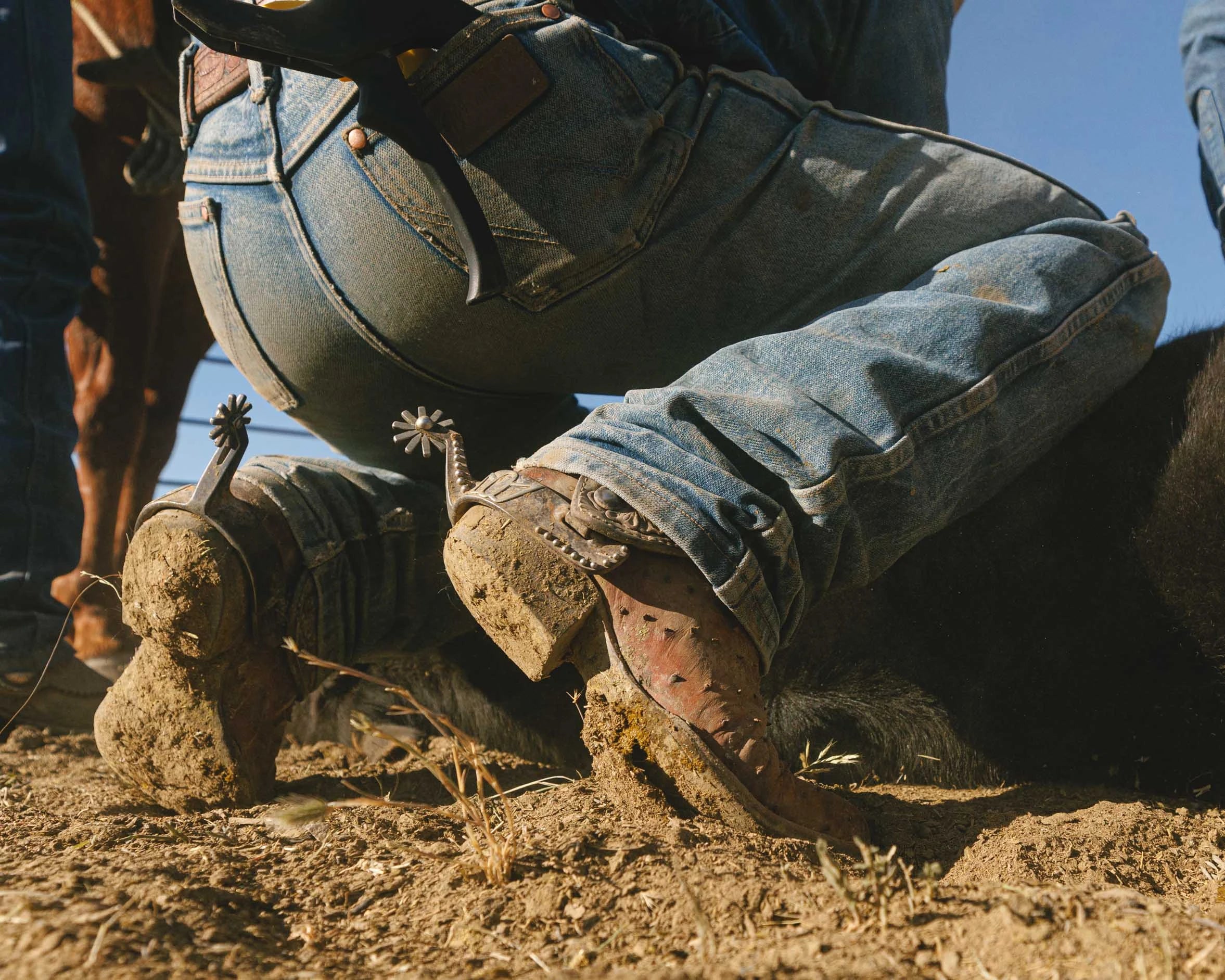
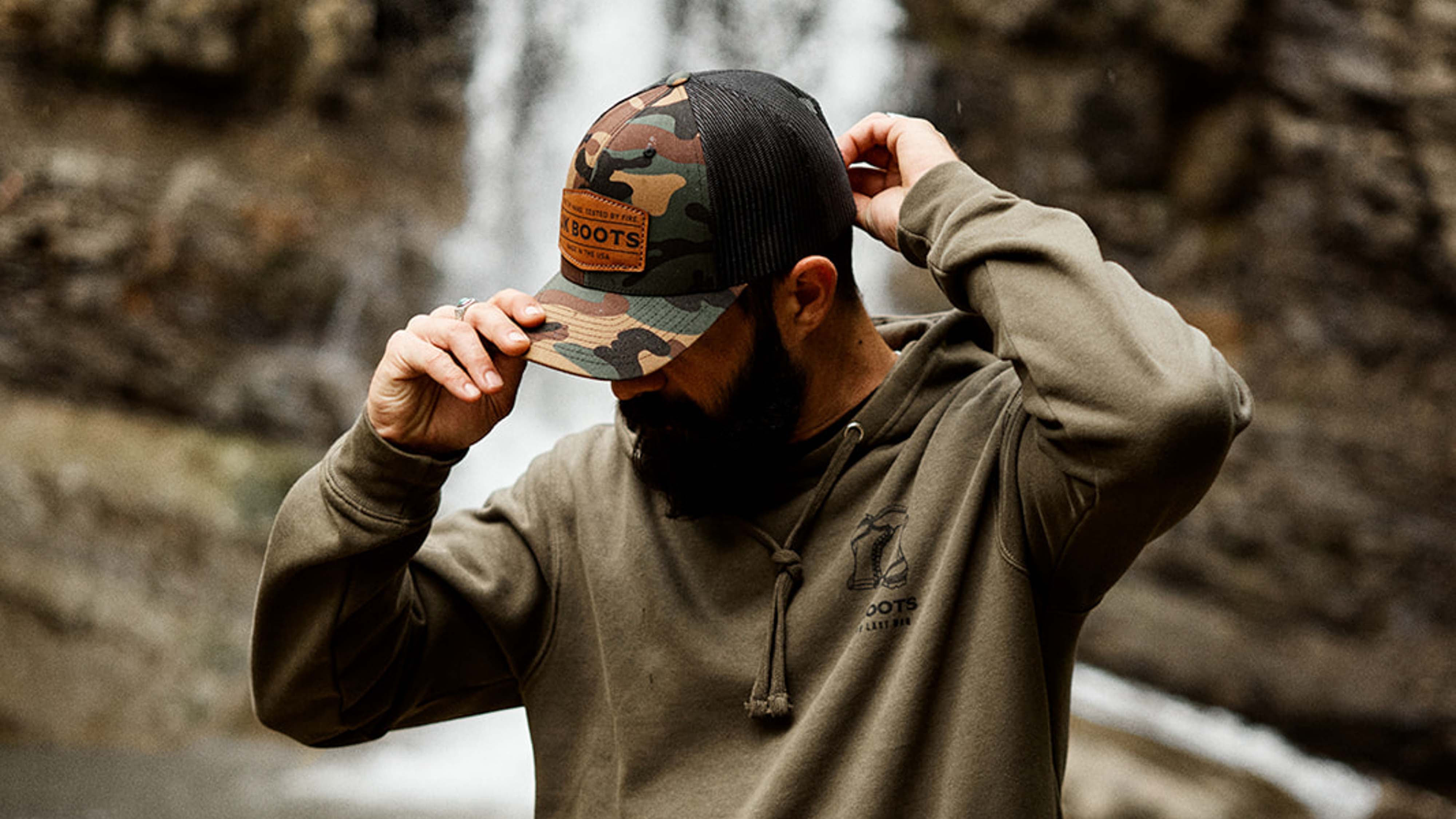
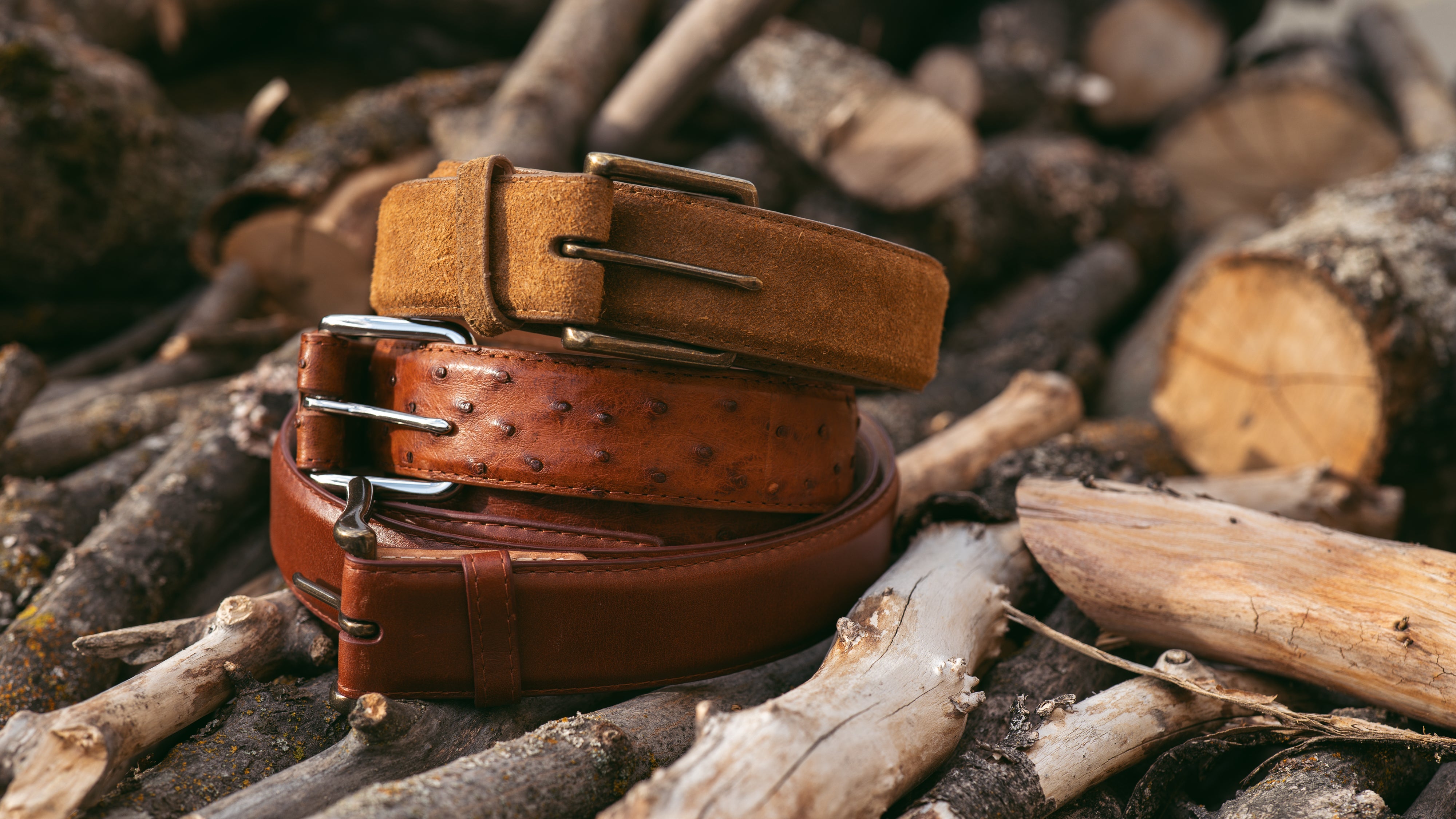
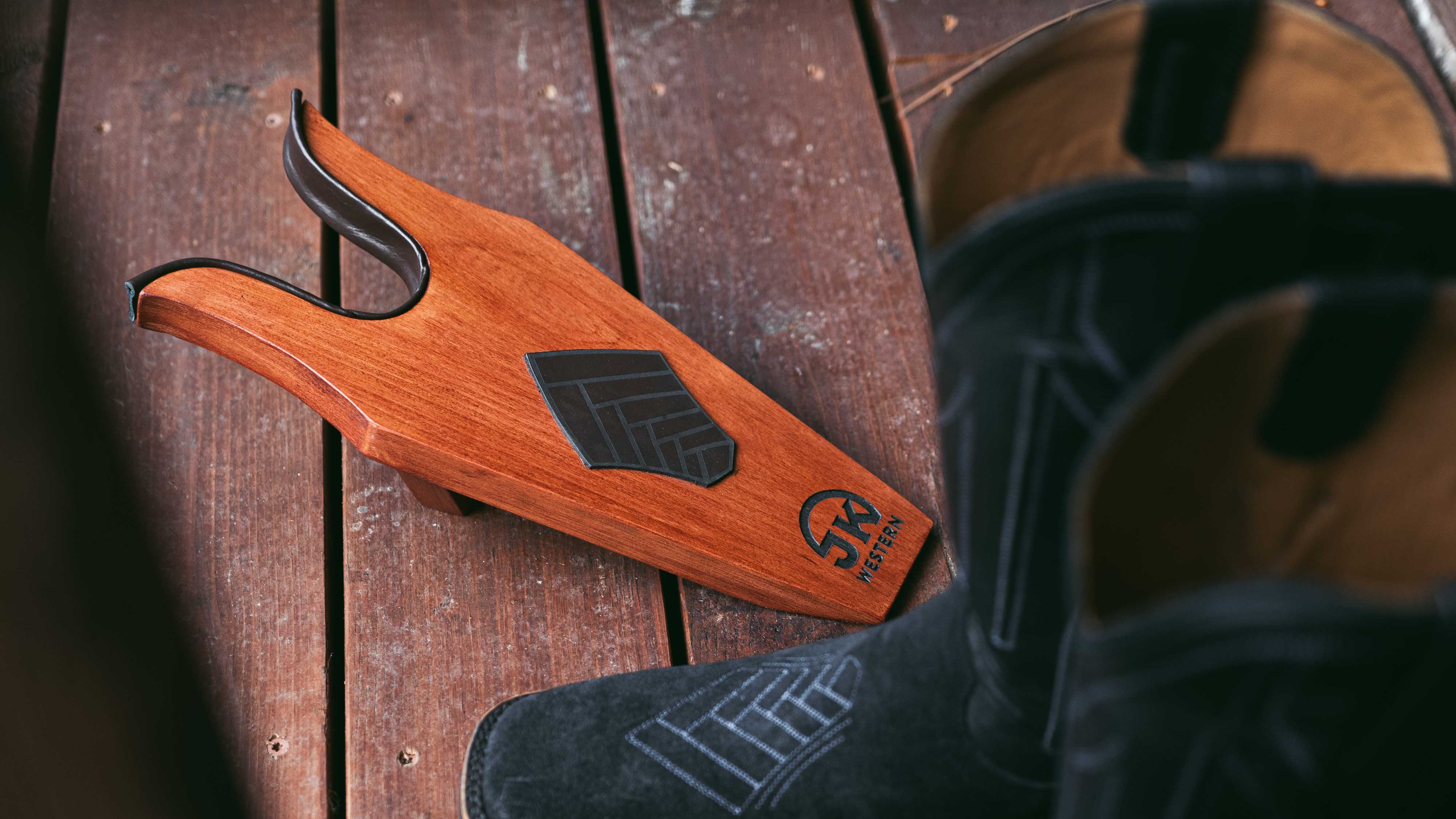
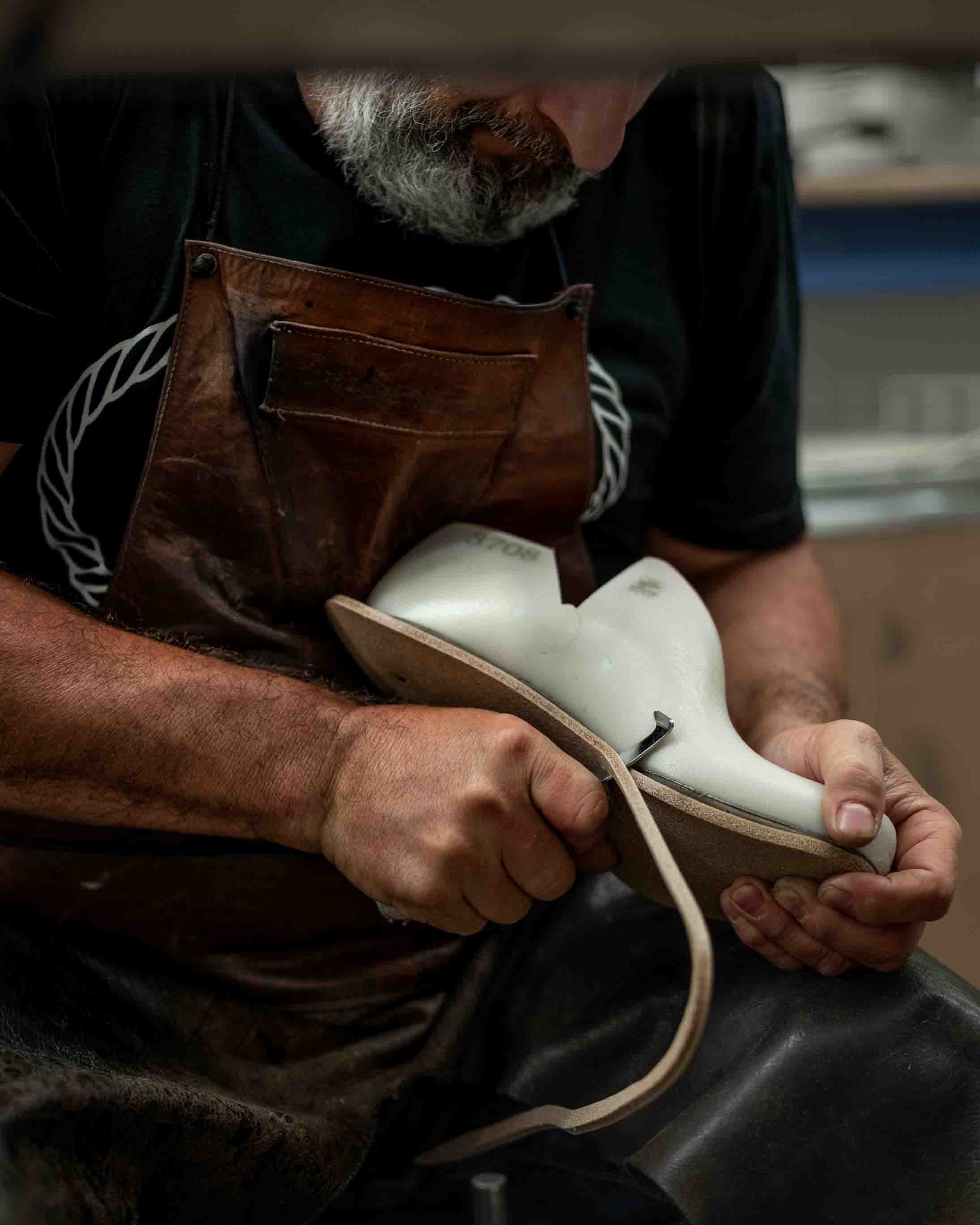
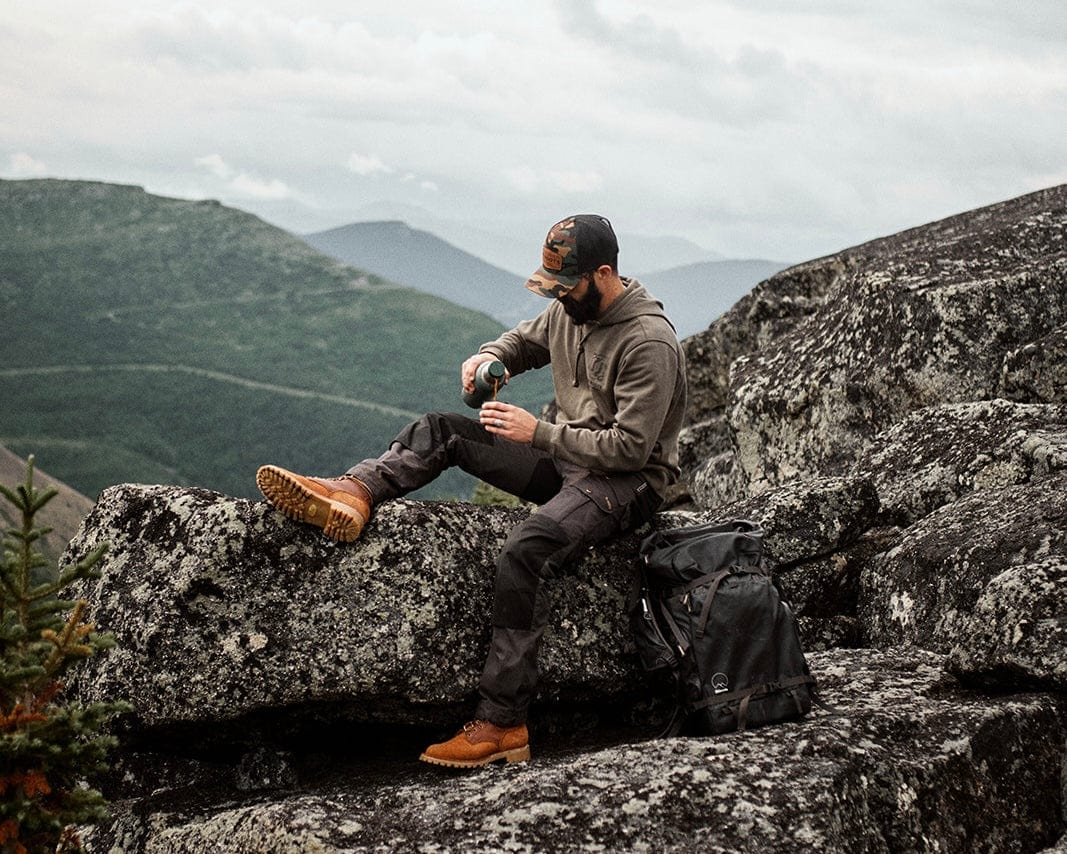
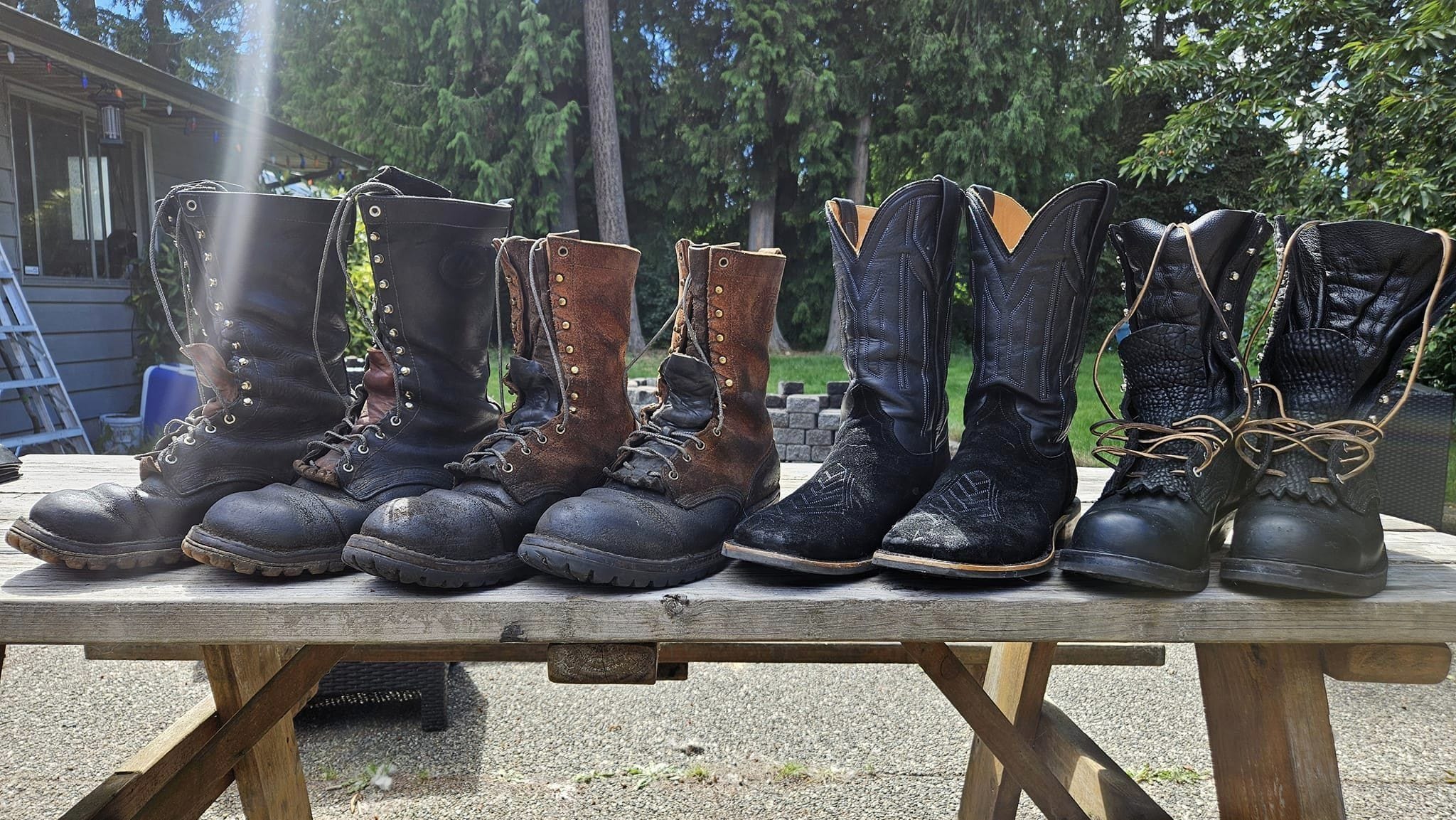
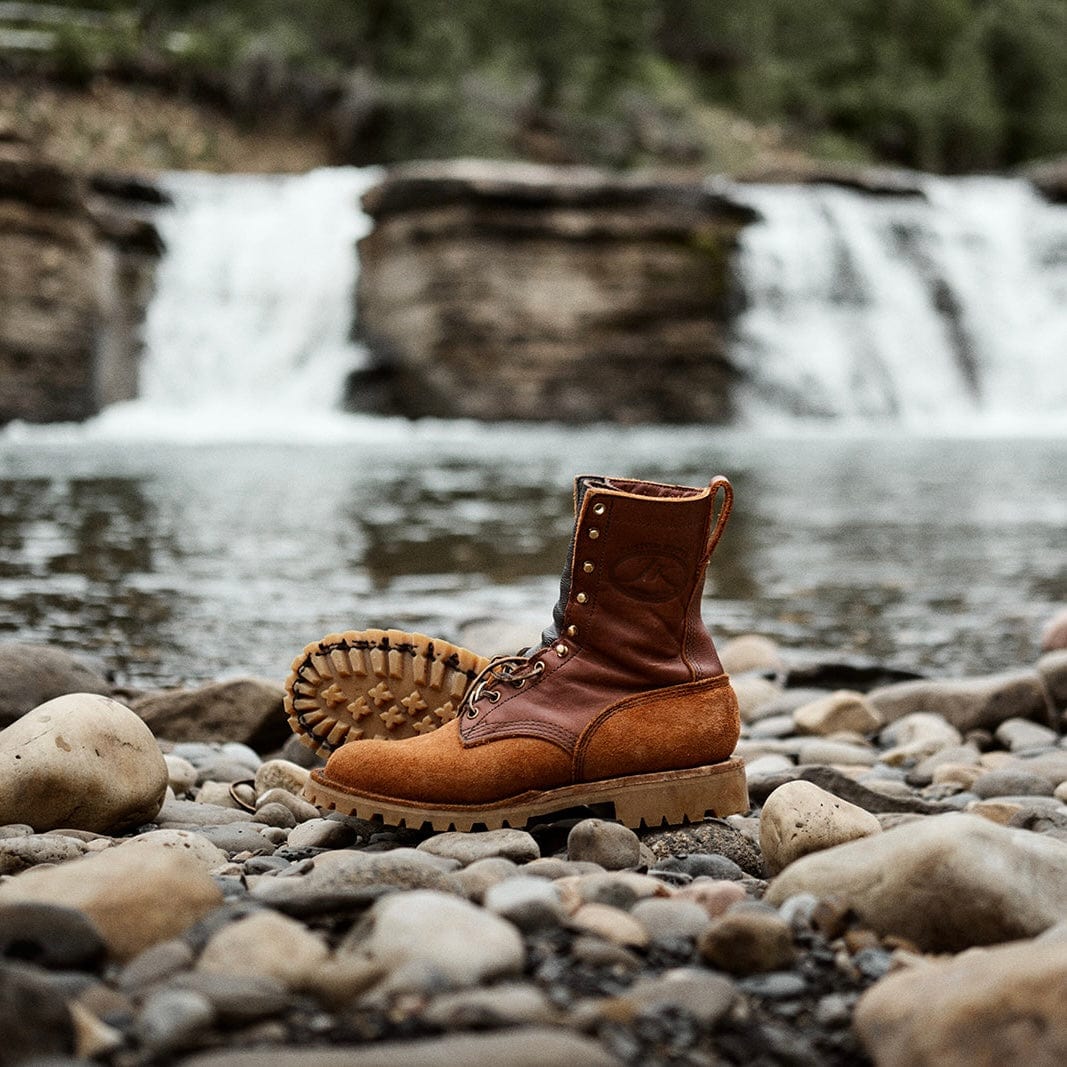
Leave a comment